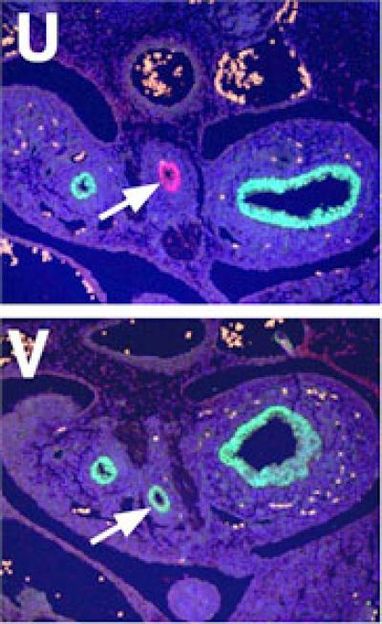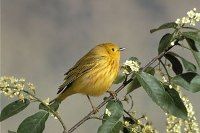BASF and universities jointly develop new process
Improvement of bioavailability of active ingredients
In collaboration with researchers from the renowned universities Harvard, EPFL, and Yale, BASF scientists developed a new process that makes amorphous nanoparticles with increased solubility. This improves the efficient uptake of drugs, for example, in the human body. Without such processing drug molecules would arrange in the form of crystals, which are difficult to dissolve. Due to poor solubility in many cases the development of innovative drugs has been discontinued.
The international research team has developed a microfluidic nebulizer to create very small nanoparticles from drugs that are first dissolved in a solvent and then exposed to a stream of air with the speed of 600 meters per second – almost twice the speed of sound. “The high-speed air flow enables fast evaporation of the solvent, which leaves no time for the molecules to arrange themselves in the form of a crystal. Molecules, therefore, arrange themselves randomly in an amorphous structure and are ten times easier to dissolve,” explained Dr. Christian Holtze, research manager at BASF.
The process can be applied to both organic and inorganic substances making it attractive for numerous potential applications. The increased solubility means higher uptake of active ingredients.
This is particularly valuable to pharmacology, the food industry and crop protection.
“This system offers exceptionally good control over the composition, structure and the size of particles, enabling the formation of new materials,” said Esther Amstad, professor at EPFL and formerly researcher at Harvard.
Marc Schroeder, BASF researcher and Head of the North American Center for Research on Advanced Materials is convinced: “This milestone finding is a result of strong collaborative efforts between industry and academic institutions to work closely on scientific challenges. The interdisciplinary approach has helped find a scientific explanation to an unexpected experimental finding, thus enabling broader potential applications of this technology.”
Most read news
Topics
Organizations
Other news from the department science
These products might interest you

Eclipse by Wyatt Technology
FFF-MALS system for separation and characterization of macromolecules and nanoparticles
The latest and most innovative FFF system designed for highest usability, robustness and data quality

DynaPro Plate Reader III by Wyatt Technology
Screening of biopharmaceuticals and proteins with high-throughput dynamic light scattering (DLS)
Efficiently characterize your sample quality and stability from lead discovery to quality control

Get the life science industry in your inbox
By submitting this form you agree that LUMITOS AG will send you the newsletter(s) selected above by email. Your data will not be passed on to third parties. Your data will be stored and processed in accordance with our data protection regulations. LUMITOS may contact you by email for the purpose of advertising or market and opinion surveys. You can revoke your consent at any time without giving reasons to LUMITOS AG, Ernst-Augustin-Str. 2, 12489 Berlin, Germany or by e-mail at revoke@lumitos.com with effect for the future. In addition, each email contains a link to unsubscribe from the corresponding newsletter.
Most read news
More news from our other portals
Last viewed contents
Golfer's_vasculitis
Genetics researchers develop more efficient method of making stem cells
Journal_of_Acquired_Immune_Deficiency_Syndromes
Acrocyanosis

How to make a lung
Serotonergic_psychedelic
Akzo_Nobel
Coeliac_disease
Othera Files IND Application for OT-730 in Glaucoma - Novel Treatment Promises Improved Safety over Existing Therapies
Sanofi joins digital health focused innovation program Startup Creasphere
Essential_medicines






















































